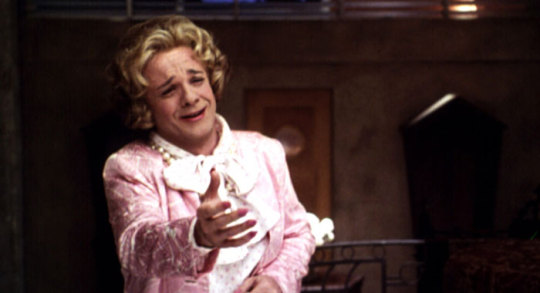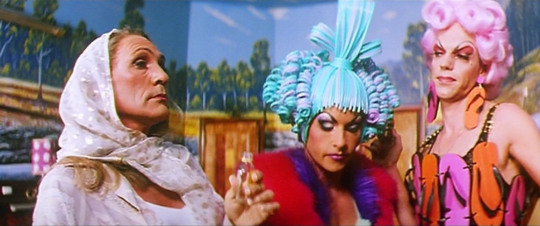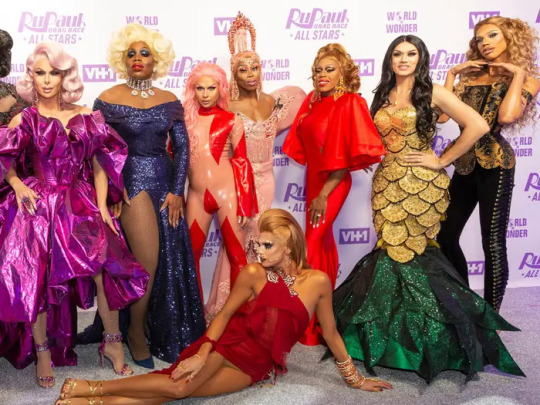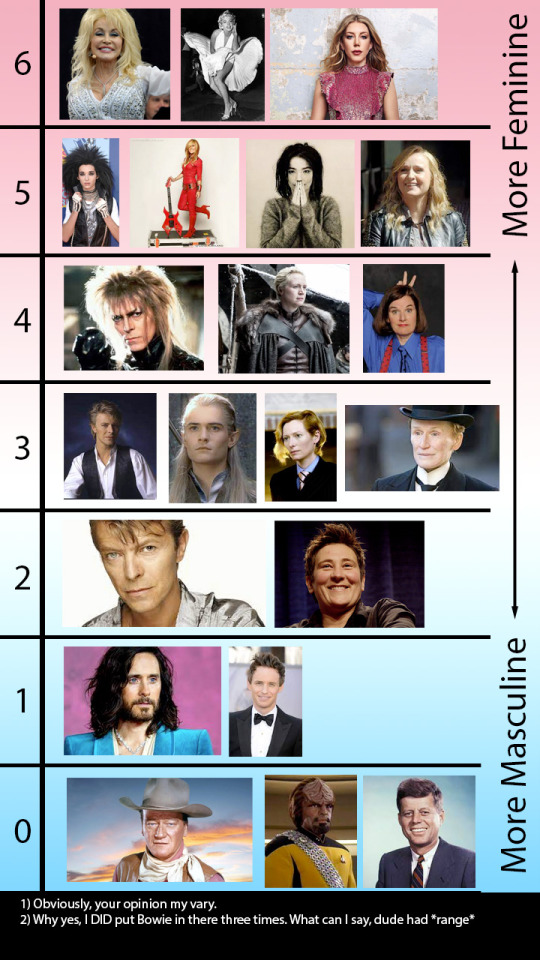Text
The Wayne-Parton model of gender and sexuality.
Oversimplified models are kind of a drag.
As humans we often clump things together into simplified models that don't really represent the whole of reality. That doesn't mean these models aren't useful; the Bohr model of the atom is woefully inadequate to understand what happens at the quantum level but is useful to understand why electricity can turn water into hydrogen and oxygen.
So once the floodgate opened and I started recognising that I saw myself as a woman (or at least, 'more of a woman than a man', but we'll get to that later,) I have spent a lot of time rethinking a lot of the assumptions that got me here.
A disclaimer: First off... I am by no means an expert on sexuality or gender. If anything, this is the one subject in which I am particularly dense, having completely missed the signs that I was bisexual until age 27, and completely repressed the idea that I was a transwoman until age 43... three weeks ago, in fact. This, despite the fact that my younger brother knew he was transmasculine from his late teenage years, and attracted primarily to women since his early teenage years. Indeed, if anything, this is a highly oversimplified and completely inadequate explanation of what I've learned over the past three weeks.
So I may be way off the mark here. Or perhaps what I have to say here is old news compared to many who have a longer time to study gender and sexuality. As one person on discord put it, everything I say can be summed up as:

Most people reading this will be familiar with the Kinsey Scale - that 0 to 6 scale from "completely straight" to "completely gay". This model allowed us to move beyond that straight-gay binary into a linear model. "Bi-curiosity" could be labeled as a 1, bisexuality as a 2, 3, or 4... etc. When I first came out as bisexual I first labeled myself as a "Kinsey 2" and then later in life, as a "Kinsey 1" (and yes, these things can change over time) - then when I realised I was trans - a "Kinsey 5".
Fast forward to three weeks ago when I realised I'd like to be a woman. Why did it take me so long? Why did I repress myself so effectively? Well... LOTS of reasons (social, economic, lack of vocabulary, lack of understanding, etc.). But one (and by no means the biggest, but certainly a factor) is that my intrinsic gender identity didn't match the model in my head of what a "transwoman" was supposed to be.
Even the most positive depictions of "transwomen" in popular culture in my teens and 20s tended to be more... well, extreme. Think Nathan Lane in "The Birdcage," whose character only feels truly at home in the third act, dressing in a pink dress with a frilly bow, oversized pearls, makeup and nails.

And of course, the beyond extreme of "Priscilla, Queen of the Desert."

Even today, shows like "Ru Paul's Drag Race" indicate a level of over the top femininity that, well, I wouldn't be caught dead in, even if I had Margot Robbie's body.

Now - granted, that last one is a bit of a bad example because, so far as I can tell without ever having watched an episode, is that the whole point of Ru Paul's Drag Race is that it's a contest to see who can present the most feminine, and as such the point is to display hyper-femininity. But it's still pretty at the forefront of many peoples' minds when they think of trans culture.
This brings me back to two sayings that comes up a lot in the trans twitter and trans-friend community. One: "gender is a performance." In these examples, quite literally. Two: "gender is not a binary"
It can then be logically inferred that gender performance is not binary.
---------------------
From John Wayne to Dolly Parton
So let's take this idea of gender as performance - that is, assign a scale of gender presentation, like Kinsey did, where we assign 0 to be the most masculine - think John Wayne - and 6 to be the most feminine - think Dolly Parton. (I'm sure that there are other examples more masculine than Wayne and more feminine than Parton, but let's just go with that for now.)
Oh, and one more thing. I'm not rating these people on their beauty or attractiveness like Donald Trump rating chicks on tape in the Inside Edition van. All of these people are attractive (conventionally), and they help to give a rubric.

This is a simplified, in fact, oversimplified model to kind of explain things. It's not perfect by any means - it excludes xenogender and many "not on the sliding scale" who identify as genderqueer.
But - for the purposes of my own exploration of my own sexuality and gender, this is a useful tool for classifying my own feelings.
---------------------
The Gender Rhinoceros
One of the more interesting things that I've encountered over the past three weeks that I was unaware of was the concept of the "gender unicorn", which asks participants to rank their gender identity as not just a spectrum from masculine to feminine, but to mark masculinity and femininity as separate concepts, not opposed to one another, adding "other gender" to the mix. Here's mine.

But the problem with the unicorn model is that it too is oversimplified. A gender identity that is "70% female" could mean that a person feels comfortable presenting anywhere from androgynously to Parton-esque femininity - or it could mean that they only feel comfortable in the Bjork zone.
(You'll notice that I don't identify, present, or am sexually or romantically attracted to "other genders" in the above unicorn. That's one of the reasons I don't feel the need to include that in my particular model of my own sexuality -- you'll also notice that I tend to view masculinity and femininity as inversely correlated, which is why I can put masculinity and femininity on the same x-axis. Again. Oversimplified model. I cannot stress this enough.)
Instead, perhaps it's better to think of gender identity, gender expression/presentation, and sexual attraction as levels of intensity for that particular point on a scale. In other words, a bell curve, shaped more like a rhinoceros horn than a unicorn's pointy horn.
Something like this.

So, the triangle marked "current" is how I currently feel, whereas the bell curve is representing how good I would feel if I felt my gender identity markers (hormones, body type, surroundings, etc.) matched that level of masculinity or femininity, with the peak being my ideal self. I mean, I'm pretty clearly a woman, but when I think of my ideal self, I'm thinking of an ideal self much closer to, say, a Lita Ford or a Melissa Etheridge rather than a Dolly Parton. But I think I'd be comfortable being a Bjork or a Paula Poundstone, and I guess I'd be okay with being a Tilda Swinton or even a Legolas. Right now I'm a Danny DeVito, so... yeah, lots of work that needs to be done.
But that's how I want to be, which is different to how I'd like to present.

Here's the weird bit. Absolutely, I'd ideally like to be somewhere in the androgynous to Bjork zone, those are the people who I'd like to look like. I'd like to be called "she" more than "he", I like "Carrie Anne" more than my original name. But as far as acceptability goes... I'm pretty flexible. Like, I'm pretty much fine presenting how I am, "going boy-mode" when I need to. I'm starting up a new job, and might try out Carrie-Anne as a name while there, but it's still gonna be collared shirts and nicely pressed jeans while I get my bearings. I'm okay with it, it doesn't necessarily cause me too much dysphoria, but it's not ideal. Ideally I'd like to be anywhere in the 3-5 range (with a big drop off towards Parton town.)
Things get even more complex when you talk about who I'm attracted to, sexually.

Boom. Right in the Poundstone-Swinton-Bjork zone of feminine-leaning androgyny, you find my ideal sexual mate... what you'd call "having a type." Now this also assumes that we've normalised for other factors - such as general attractiveness, personality, age, and all sorts of other things which are perhaps more important than feminine/masculine presentation. Also, this is me goofing around in photoshop to try to express what I kinda feel instead of doing a scientific study with error bars and all that.
This is not science. This is Tumblr.
But having put this all out there helps me to understand more about myself and my own feelings. And while I know that "gender is a performance, sexuality is fluid" thinking about it using this model helps me to understand it more.
Anyway, just something I had to get out of my head.
1 note
·
View note
Text
Do adults realize they dont have to be young to identify as nonbinary
39K notes
·
View notes
Text
Do adults realize they dont have to be young to identify as nonbinary
39K notes
·
View notes
Text


if you tell your kids you love them they WILL use pronouns
50K notes
·
View notes